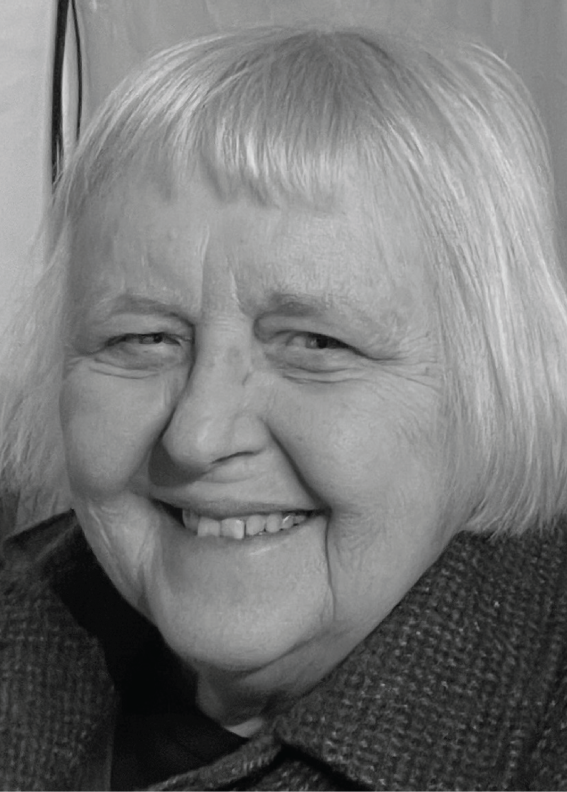Open until 11:30 pm

CAROLE HILLENBRAND
PROFESSOR CAROLE HILLENBRAND was educated at Cambridge, Oxford and Edinburgh and has spent most of her career teaching Arabic and Islamic History at Edinburgh University, with visiting professorships at Dartmouth, Groningen and St Louis. She is currently professorial fellow of Islamic history at St Andrews University.She has published five books, including The Crusades: Islamic Perspectives, which was awarded the King Faisal Prize for Islamic Studies in 2005, and Introduction to Islam. Beliefs and Practices in Historical Perspective, which won the British Academy/Nayef Al Rodhan Prize for Global Cultural Understanding in 2016.
She has also published articles and book chapters in three volumes. Her scholarly interests include the Crusades viewed through Muslim eyes, the history of the Seljuq Turks, and the life and work of al-Ghazali. She is a Fellow of the British Academy and of the Royal Society of Edinburgh. Two Festschriften have been published in her honour. In 2019 she received, with her husband Robert, the medal of the Royal Asiatic Society, the society’s highest award, given periodically in recognition of outstanding contributions to the field of Asian studies. Queen Elizabeth of the UK appointed her Officer of the Order of the British Empire (OBE) for services to higher education in 2009, and Commander of the Order of the British Empire (CBE) for promoting a better understanding of Islam in 2018.
The Madrasa al-Mustansiriyya in Baghdad and the thinking that inspired it
This paper will examine the role played by the ‘Abbasid caliph al-Mustansir (623-640/1226-1242) as a patron of Islamic architecture, above all his establishment of the famous madrasa, the Mustansiriyya, in Baghdad. The opening ceremony of this building on 5 Rajab 631/April 7 1234 will be described. Mention will be made of the caliph’s opening of a magnificent library to which he endowed books on fiqh, science and literature and the strategy he adopted to enhance its fame by inviting prestigious scholars to come and work there. It is interesting to emphasise that the Mustansiriyya was in fact the first madrasa to be established by a caliph. The discussion will then turn to the very important new nature of this madrasa, namely that it was intended to be devoted not to one special Sunni madhhab but to all four of them. It is evident by this move that the caliph was aiming at a more than usually grandiose function for this building. He also wished to declare publicly his own role in establishing it and to advertise this very proudly on its river front in the inscription which names him specifically. It was the largest and longest madrasa inscription known up to that time; its propagandistic purpose was clear. The scale, lavish decoration and aspirational vaulting of this madrasa justifies its claim to be the supreme masterpiece of later ‘Abbasid architecture.

